The innovations of Hobie
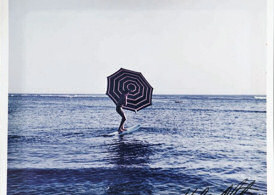 To kick-off its new rotating exhibition series, Surfing Heritage Foundation is excited to announce the opening of the exhibition The Innovations of Hobie.
To kick-off its new rotating exhibition series, Surfing Heritage Foundation is excited to announce the opening of the exhibition The Innovations of Hobie.
The beach lifestyle apparel industry in Orange County-arguably the epicenter of the industry-has largely built itself from the early innovations of Hobie Alter. This exhibition focusing on the hallmarks of Hobie’s innovations includes surfboards, skateboards, clothing, catamarans, sunglasses, and gliders, augmented with historical photographs and ephemera. The exhibition will feature several prototypes for these remarkable innovations.

The innovations of Hobie
In 1954 Hobie opened the first surf shop that specifically manufactured and sold surfboards. Four years later, in 1958, Hobie and Gordon Clark began experimenting with foam and Fiberglass, creating boards that were quicker and more responsive than the wood boards available at the time. Demand for the new production Hobie boards were great and Gordon Clark launched Clark Foam, which became the industry standard for decades.
Teaming up with Vita-Pakt juice company in 1964 Hobie created Hobie Skateboards, the first production skateboard to be placed on the market. The Hobie Super Surfer Skateboard Team helped to quickly popularize skateboarding by giving a demonstration at a San Diego Chargers/Buffalo Bills football game that was aired on television on Thanksgiving day in 1964.
In the late 1960s, Hobie developed a prototype for a lightweight, fast, and fun catamaran, which ultimately lead to the Hobie Cats 14′s, 16′s, 17′s, 18′s and 20′s-the catamarans holding the distinction of being the world’s best selling sail boats.
Other Hobie innovations have followed over the years and include important work done on gliders, sunglasses, and other accessories.
The Exhibition: When and Where
The Innovations of Hobie, organized by Surfing Heritage Foundation and curated by Barry Haun, is the inaugural exhibition launching Surfing Heritage Foundation’s new rotating exhibition program. The Innovations of Hobie will be open to the public April 29 to July 15, 2012 everyday from 11:00 a.m. to 5:00 p.m.
An exhibition on the history of surfboards from the early 20th century to the present day will be on view in the adjacent permanent collection galleries, placing The Innovations of Hobie exhibition into context.
The special members’ only reception is Saturday, April 28. You can become a member of Surfing Heritage Foundation, and be invited to this special reception, online through its website.
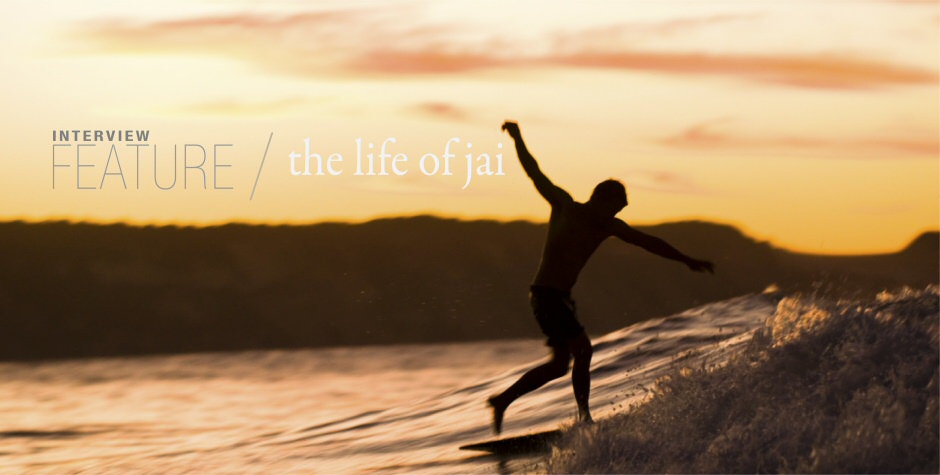
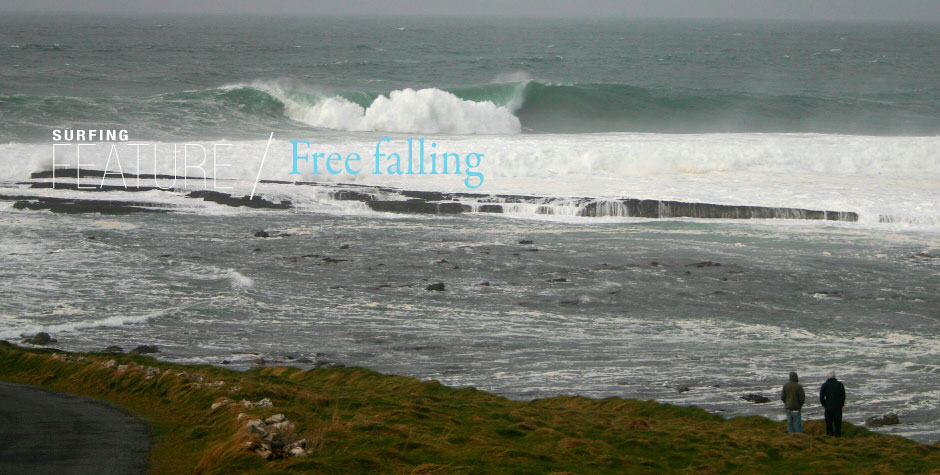
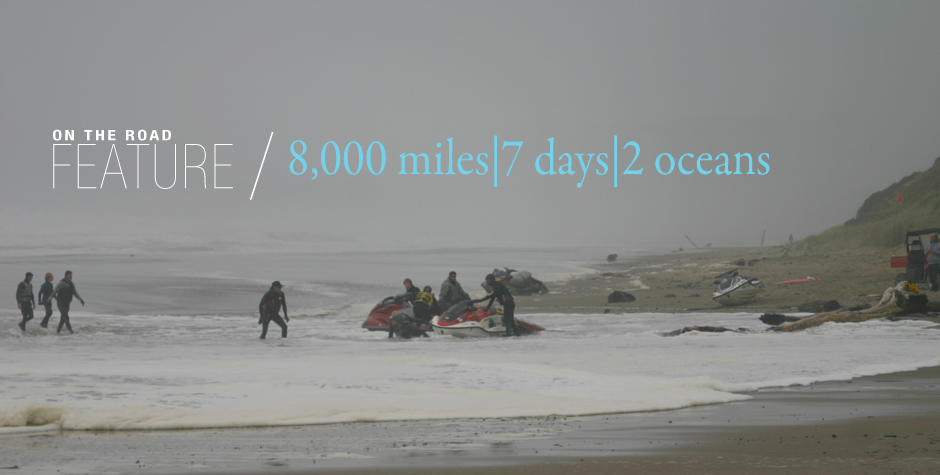
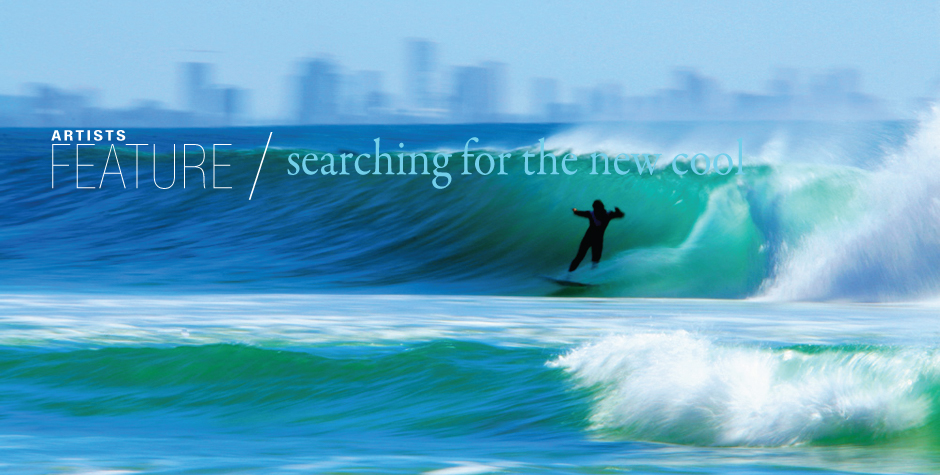
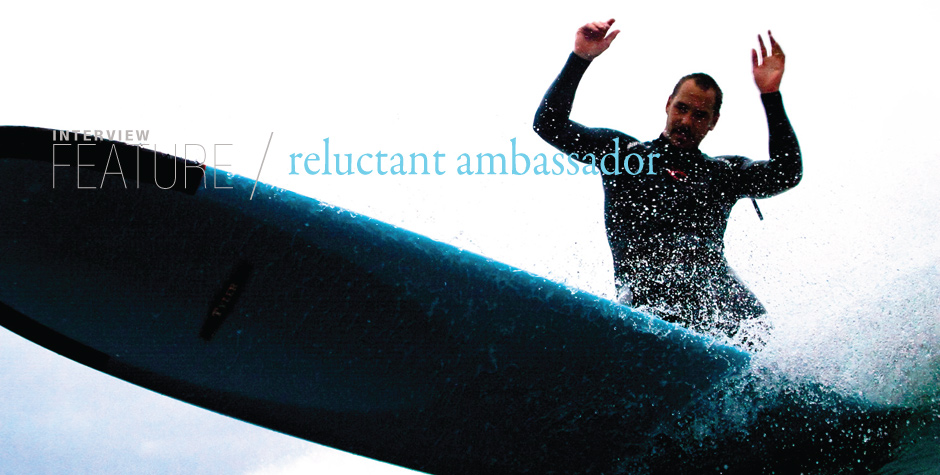
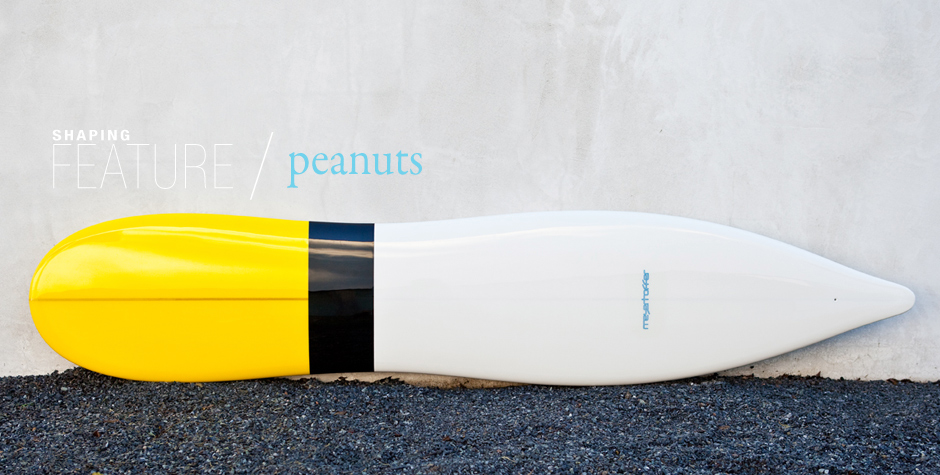


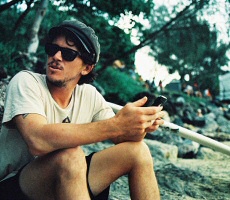
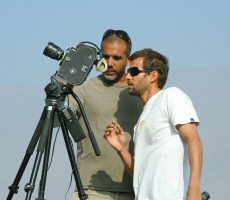

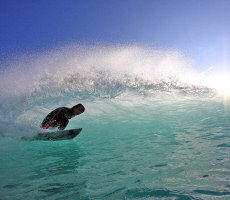
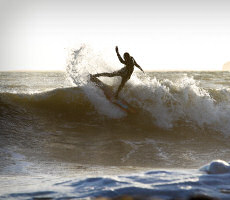
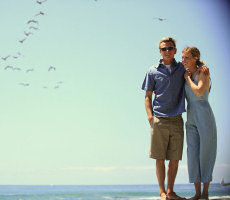
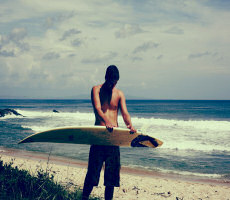

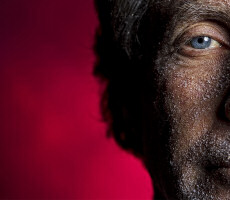
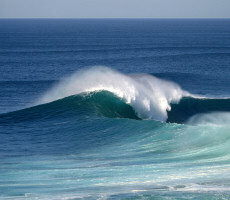

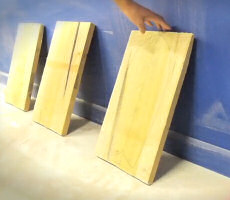
Get your facts straight. You write, “In 1954 Hobie opened the first surf shop that specifically manufactured and sold surfboards”.
In 1952 Hobie would sit in his car across the street from Velzy’s surfs hop in Manhattan Beach and take notes on boardbuilding and how a surf shop operated seeing as how Velzy had the first and only surf shop in the world at the time. You give Hobie too much credit. He was successful at profiting from other peoples ideas.
1